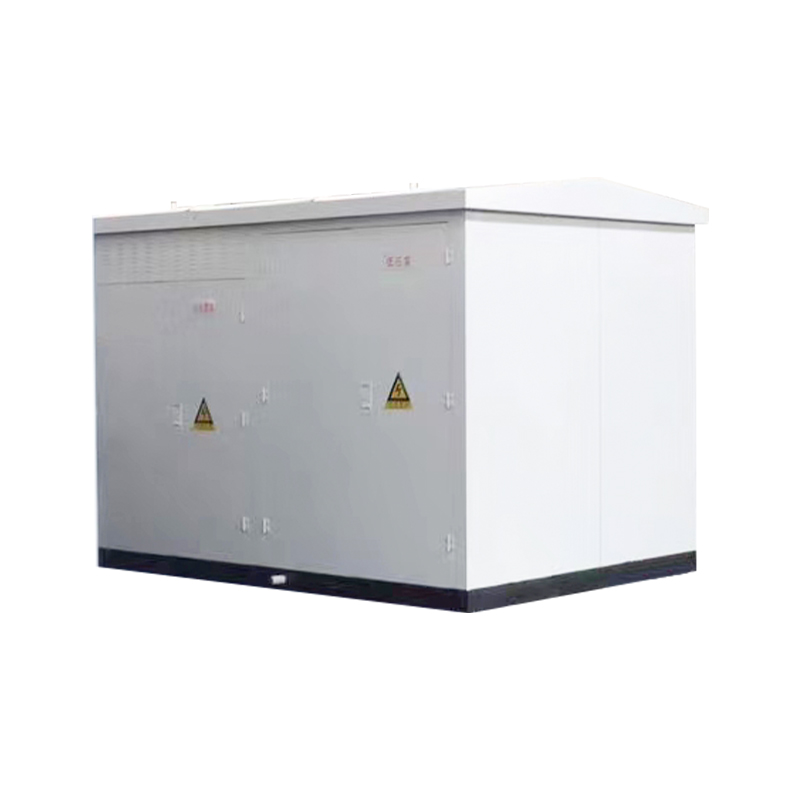Three-Phase Transformer With Oil Pillow
630KVA 11KV
See DetailsExporting European substation power transformers involves far more than just technical production. Each region has its own grid standards, installation practices, and safety certifications that require careful study and preparation. From voltage class compatibility to the choice of language on the equipment label, understanding these diverse market entry points is a vital part of offering transformers beyond local borders. It starts with designing units that meet varying voltage and frequency requirements, often 11kV or 33kV primary input, and preparing documentation that satisfies the certification bodies of different regions.
In markets like the Middle East and Southeast Asia, compact substation transformers must adapt to both environmental extremes and infrastructure preferences. Sand and humidity resistance, tropicalized ventilation, or even upgraded enclosure materials like powder-coated steel may be necessary to ensure long service life. Meanwhile, European standards such as IEC 62271-202 or IEC 60076 are typically the baseline references, but some countries demand additional conformity like SASO in Saudi Arabia or BIS in India. This makes early engagement with in-country certification agents a smart move.
Shipping logistics also play a critical role in the export strategy. Whether delivering one unit or multiple containers, packaging, shock resistance, and waterproofing must be considered carefully. Transformers often require reinforced crates, silica gel for humidity control, and export-compliant lifting points. Transportation labeling needs to match both international maritime requirements and local customs declarations to avoid delays or fines. We’ve found that working closely with freight forwarders who understand electrical equipment helps streamline these processes and reduce transit risks.

Language and labeling requirements are another easily overlooked detail. On the surface, they may seem like minor adjustments—yet incorrect or missing information can prevent customs clearance or installation approvals. Labels on European substation power transformers must include voltage levels, short-circuit ratings, enclosure type, and wiring diagrams, often in the local language. In multilingual markets, dual-language documentation and clear pictograms are now becoming standard practice, especially when dealing with government or public infrastructure clients.
One technical aspect not to be underestimated is how local grid harmonics or earthing methods affect European substation power transformers design. Some countries favor TT or IT grounding systems, while others rely heavily on TN-C or TN-S schemes. This influences not only protection schemes inside the compact substation but also insulation coordination and surge arrestor selection. A transformer designed strictly for the EU might need substantial reconfiguration to operate safely and reliably elsewhere, especially in less stable grids or regions with higher load fluctuations.
Buyers from Africa, Latin America, or Eastern Europe often request hybrid specifications, combining features from IEC and local standards. It’s useful for manufacturers to maintain flexible design platforms that can be quickly adapted—whether it’s switching between ring main units and switch disconnectors, or offering both air- and oil-insulated versions. Our export team has worked closely with distributors and EPC contractors to preconfigure transformers that reduce on-site adjustments and simplify commissioning, saving time and cost for project owners.
By combining robust design engineering, regulatory familiarity, and practical logistics knowledge, exporting a European substation transformer becomes a repeatable and scalable process. For buyers seeking long-term supply partners rather than just one-off purchases, working with a manufacturer who understands all stages of global compliance and delivery makes a real difference.
Contact Us